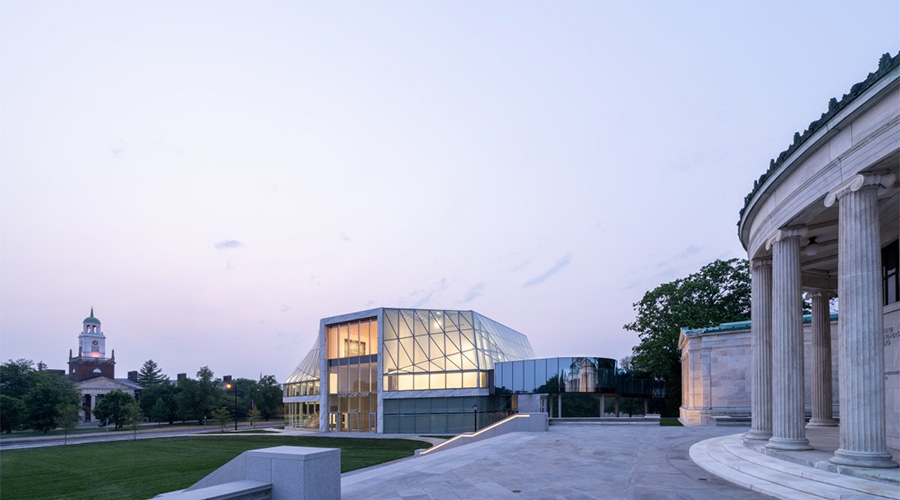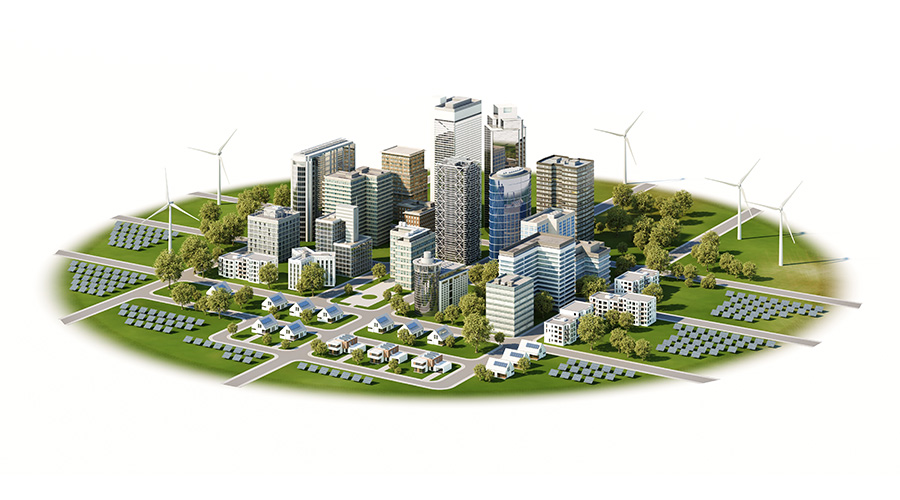Solid Information and Close Collaboration Lead to Energy Efficient Design
A television news anchor in Texas, Joe Terrell, does a weekly segment on the nightly news called, "Does it Work?" His program has gained national attention because he focuses on products with big claims that are sold on late-night television, and many people have wondered if the claims are really true.
As the benefits of green design and construction have been loudly touted, there have also been some reports that not all green buildings perform as well as they were expected to perform. There is plenty of evidence to demonstrate that designing and building green do provide a wide range of benefits, including reduced construction costs (versus traditional construction) and significant energy savings over the life of the building. But, to realize these savings, it's essential to look at all of the options from the start, make wise and principled decisions throughout the project, and use a variety of evaluation methods to make certain that the building functions as designed after construction and throughout its operation. Good information plays a critical role throughout the process. So does a knowledgeable team, using all of the resources available from the onset of the project.
Begin with the End in Mind
Tactical decisions at the beginning of a project can have an impact for the life of the building. For example, properly siting the building on the land is essential to the overall project and can reduce impact to the site and costs later in the project. In addition, placement of the building will affect decisions involving matters such as lighting, landscaping and access. These critical decisions will have long-term impacts on comfort, safety and energy usage. Charrettes, collaborative sessions with the designers to address owner and user issues, often provide a venue for teams to challenge each other and achieve agreement on pivotal issues. This not only reduces the stress of the project but provides for creative solutions, enhanced communication and efficiency, and a user-driven final design.
Energy modeling is a valuable tool early in the process. Modeling uses computer simulations to estimate the energy consumption of a building over time. This information allows the team, including the building owner, to understand how energy will be used in the building and how its use can be maximized. Modeling can also guide design decisions in the planning and design phases for both new construction and remodeling projects. To reap the full benefits of the process of energy modeling, it is important to use these software tools in the early stages of the process and repeat often as design and construction decisions are being made. The project team must consider numerous variables, including the selection of building orientation, form, windows, insulation, wall and roof types, and lighting and HVAC systems. These and other elements will be entered into the program to project the future estimated energy performance of the new facility.
The building options available and the capability of the models have improved drastically over the past decade and there is now greater utilization of the tools and data to predict, evaluate, and monitor energy performance. Some of the increase in the use of modeling can be attributed to the U.S. Green Building Council (USGBC) requiring modeling for Leadership in Energy and Environmental Design (LEED) certification.
The most significant benefit of energy modeling is to inform the design team on the choices of systems and their impact on the potential overall performance of the building, whether it is for new buildings or for remodeling and additions. A further benefit of simulation is its ability to estimate future energy costs based on predicted energy use along with information on anticipated utility rates. This provides building owners and facility managers with useful information as they go before key stakeholders in the decision-making process.
The energy model is also useful after construction to compare the actual operation to the modeled performance. Simple items such as failing to control lights or outside air supply during unoccupied periods can have a sizable impact on energy use — and the utility bill. In some cases, buildings perform much better than anticipated, and the owner and project team can see the advantages of their building controls and operations strategies.
Maximizing Value
Another important activity in the design process is to make design changes that add features with more value and "pay" for those by eliminating design features and elements that will provide less value. If done right, this process enhances the overall design and performance of the project while still staying within the project budget. The process applies to all aspects of a project, including the energy-related aspects.
In recent years, the construction industry has increasingly seen the value of using an integrated process. Rather than using separate design and construction entities, many are bringing the planning, design, and construction experts together as an integrated team, typically under one contract. This is beneficial for ensuring coordination of the planning, design, and construction activities to provide a project that operates effectively and efficiently. This approach emphasizes brainstorming, collaboration, greater communication, planning, and consensus building. In addition, this allows for everyone involved to review and understand the goals, benefits, and subsequent cost of sustainable choices made during the project design, helping to ensure that a building owner receives a highly green solution that is affordable.
It is important to recognize that all of these opportunities are not just meant for new construction. Converting an existing space can be the wisest business decision and the best decision related to sustainability.
Related Topics:












